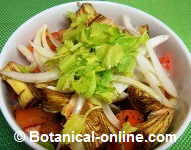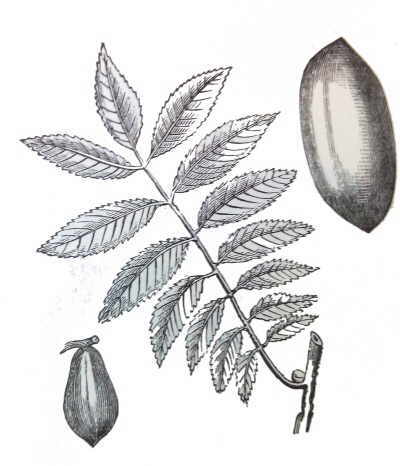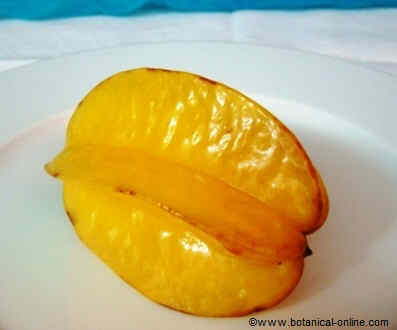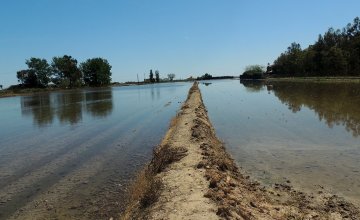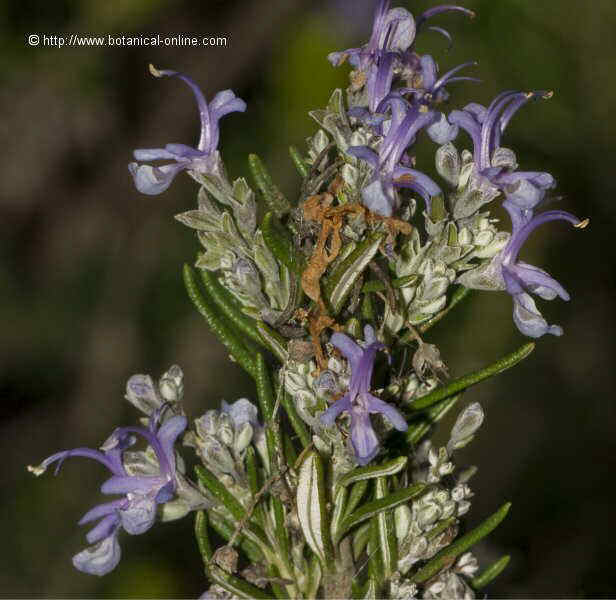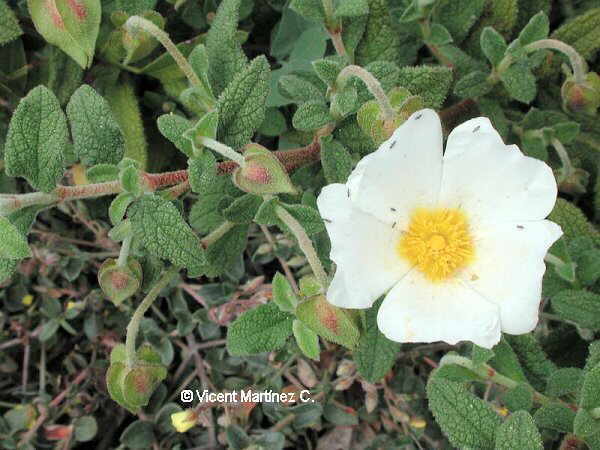Contents
- 1 Home remedies for pests and diseases of plants
- 1.1 What is the ecological treatment of plants?
- 1.2 How can plants be treated ecologically?
- 1.3 Plants associations for the control of pests and diseases of the garden
- 1.4 Examples of herbs that produce chemicals to repel or attract insects harmful to plants
- 1.5 Suitable plants for the control of plant plagues
Home remedies for pests and diseases of plants
What is the ecological treatment of plants?
An ecological treatment of pests and diseases of plants is one that allows to prevent, control or eliminate pests or diseases of plants through means that are not polluting to the environment.
How can plants be treated ecologically?
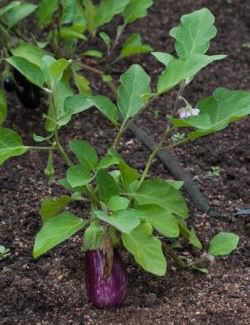
The ecological treatment of the garden can be carried out in different ways.:
- Plant associations: Sometimes it is possible to prevent or fight against pests by associating the cultivation of different plants, some of them with insecticidal properties (plants to cure pests)
- Insecticide plants: Other times preparations with insecticide plants can be applied on infected plants to fight against these pests.
- Traps for pests: To catch and remove pests.
- Biological control with animals: Capable of devouring or eliminating other organisms that cause pests in plants
- Less pollutant household chemicals: to scare or trap the harmful organisms of plants
- Pest control with physical or manual procedures: It is the less aggressive method to environment
Whenever possible, it is preferable to use this type of remedies because, in addition to being effective, they are less polluting and more respectful with the ecosystem than other gardening preparations.
Plants associations for the control of pests and diseases of the garden
There are some plants that are able to repel or eliminate plant pests. The reason for this is due to its insecticidal or insect-repellent properties, that is to say, they can kill or drive away insects that attack plants.
Other plants have vermicidal or vermifuge properties, that is, they can kill or repel worms that attack the external parts of plants (leaves, stems, flowers, fruits) or their subterranean parts (roots, rhizomes, bulbs)
Examples of herbs that produce chemicals to repel or attract insects harmful to plants
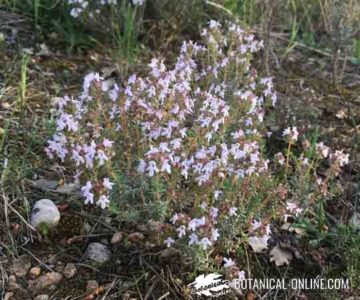
Most of them are aromatic herbs.They can be beneficial because they often contain components that repel insects.
For many years now, farmers surrounded the plantations of lettuce with garlic, because they helped to drive away the insects that ate the leaves of the lettuce.
Another example of an insect repellent plant is hyssop. This produces aromas that the cabbage butterfly does not like. If we plant hyssop next to the cabbages, we will get the butterfly to leave and its larvae will not eat the leaves of this vegetable.
Other times, certain plants can attract plagues that can attack a crop. this is, for example, the case of thyme. Thyme is a suitable plant to control pests because it attracts beneficial insects that would eat the plantation.
Suitable plants for the control of plant plagues
Among the main aromatic or medicinal plants that we can use for pests control, we have the following:
| Medicinal or aromatic plants that are useful for controlling pests in the orchard or garden | |
| Useful plants | It favors growing of… |
| Savory | onions and potatoes |
| Garlic | pear tree, apple tree, plum, peach tree, lettuce |
| Basil | apple trees, tomatoes, grapesvines |
| Borage | cucumbers, strawberries, pumpkins, tomatoes, broadbeans |
| Calendula | peas, potatoes, artichokes |
| Squash | Maize |
| Nasturtium | apricots, cucumbers |
| Cilantro | espinacas, rábanos |
| Hinojo | pumpkins, leeks, cabbages |
| Heliotrope | radishes, wheat |
| Lavender | oranges, lemons, tangerines, cabbages |
| Chamomile | Brussels sprouts, peas, cauliflowers, |
| Balm | potatoes, tomatoes |
| Mint | Peas, tomatoes, cauliflowers, rutabagas |
| Yarrow | maize |
| Parsley | asparagus, artichokes, potatoes |
| Rosemary | carrots, beans, Brussels sprouts, |
| Sage | tomatoes, vine, carrots, cauliflowers |
| Thyme | lettuce, aubergines, |
| Clover | cabbages, pear trees, Brussels sprouts |
| Useful plants | They avoid the growing of |
| Oats | weeds |
| Pumpkin | weeds |
![]() More information on ecological treatment of plants pests and diseases
More information on ecological treatment of plants pests and diseases

